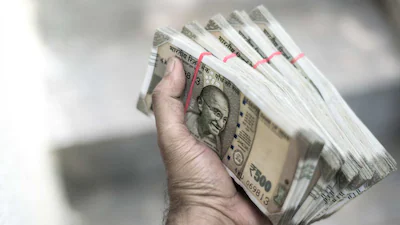The impeachment vote against South Korean President Yoon Suk Yeol marks a dramatic and unprecedented moment in the nation’s political history. For Yoon, a conservative leader who once held the nation’s top prosecutorial role, Saturday’s parliamentary decision signals a remarkable fall from grace. Yet, the impeachment does not immediately spell the end of his presidency. Instead, it sets the stage for a high-stakes legal showdown and a tumultuous period of political uncertainty.
The impeachment motion passed in the national assembly with 204 lawmakers voting in favor, just clearing the required two-thirds majority. Notably, 12 members of Yoon’s own party broke ranks to support the motion, highlighting internal divisions. For now, Yoon’s presidential powers have been transferred to Prime Minister Han Duck-soo, who assumes the role of acting president. The ultimate decision, however, now rests with South Korea’s constitutional court, which must determine whether to uphold the impeachment or reinstate Yoon within the next 180 days.
If the court removes Yoon from office—or if he resigns—a presidential election must be held within 60 days. But precedent suggests this process could go in unexpected directions. In 2004, then-President Roh Moo-hyun faced impeachment but was reinstated after the constitutional court rejected the motion. In contrast, Park Geun-hye was removed from office in 2017 after the court upheld her impeachment for corruption and abuse of power, an effort led by none other than Yoon Suk Yeol during his tenure as prosecutor general.
This time, Yoon’s situation is even more complex. In addition to the impeachment, he faces potential charges of insurrection, a crime punishable by death under South Korean law. Investigators are probing his declaration of martial law and subsequent incidents, including allegations of special forces storming parliament and clashing with staff. Prosecutors will need to prove both an intent to subvert constitutional order and evidence of actual violent acts to support the charges.
Adding to the drama is the constitutional court’s current composition. Usually, the court consists of nine justices, but only six are seated due to vacancies left unfilled since October. This creates a unique challenge for the impeachment process. In cases of impeachment, the court typically requires a minimum of six votes in favor. With only six justices currently in place, unanimity would be required for the impeachment to be upheld. Just one dissenting voice on the bench could save Yoon’s presidency, though his authority would be gravely undermined regardless of the outcome.
The court, however, traditionally prefers to operate with a full bench of nine justices for decisions of this magnitude. Legal experts believe it may request the national assembly to appoint three new justices before proceeding with deliberations, given the political and constitutional gravity of removing a sitting president.
While the legal proceedings unfold, public opinion remains sharply divided. Crowds gathered outside the national assembly following the vote, cheering and celebrating the impeachment. Yet, uncertainty clouds the next steps. Should Yoon face arrest during this process, the constitutional court’s deliberations could be further influenced, as the criminal and constitutional cases, while separate, are intrinsically linked.
Even if the constitutional court overturns the impeachment, Yoon’s presidency has already been profoundly shaken. The scars from this political crisis are unlikely to heal quickly, leaving a lasting impact on South Korea’s governance. The unfolding drama represents more than just a leadership crisis—it is a test of the nation’s democratic resilience and its ability to navigate legal and political challenges at the highest level. Whatever the outcome, this episode will leave an indelible mark on South Korea’s political history.




